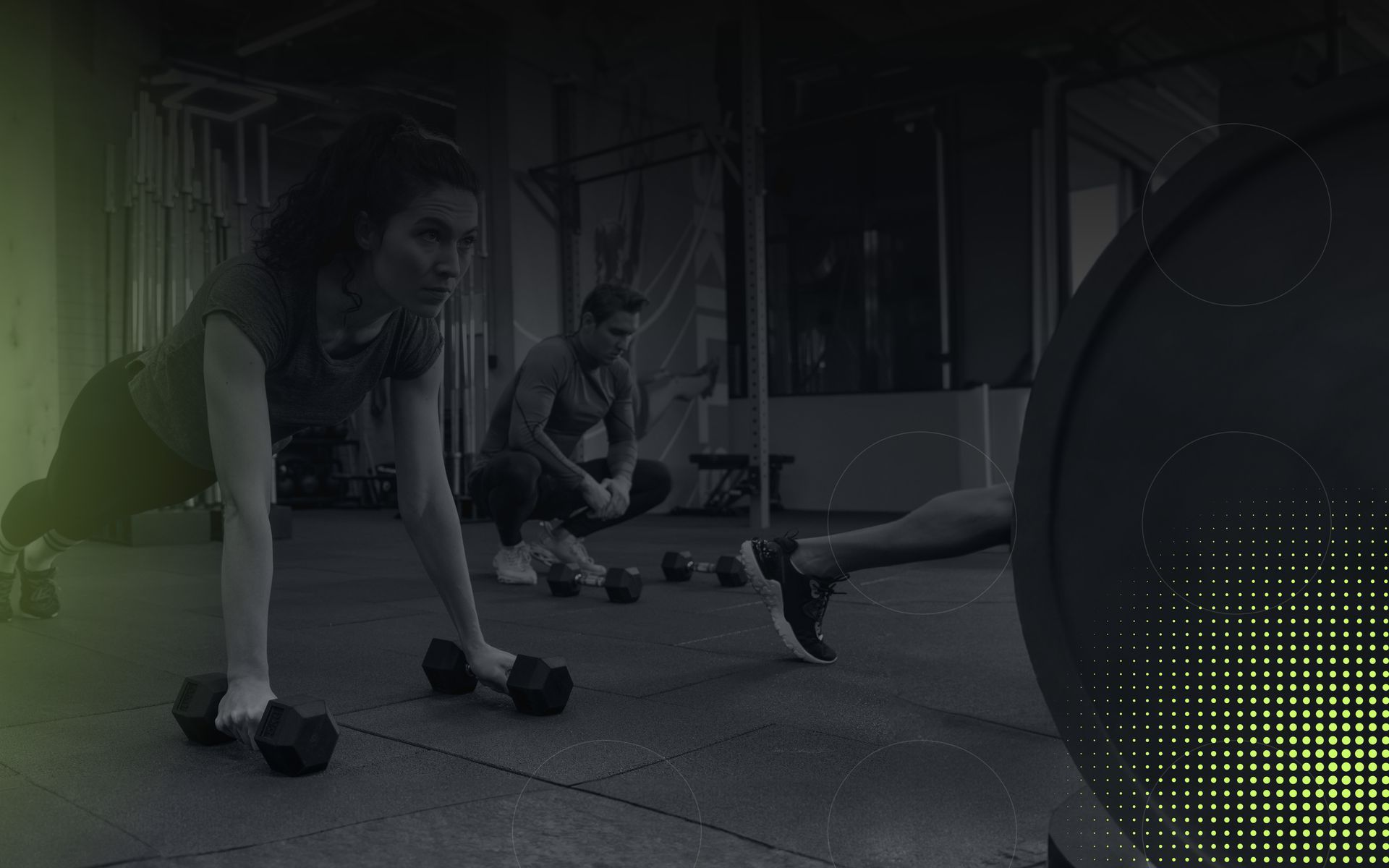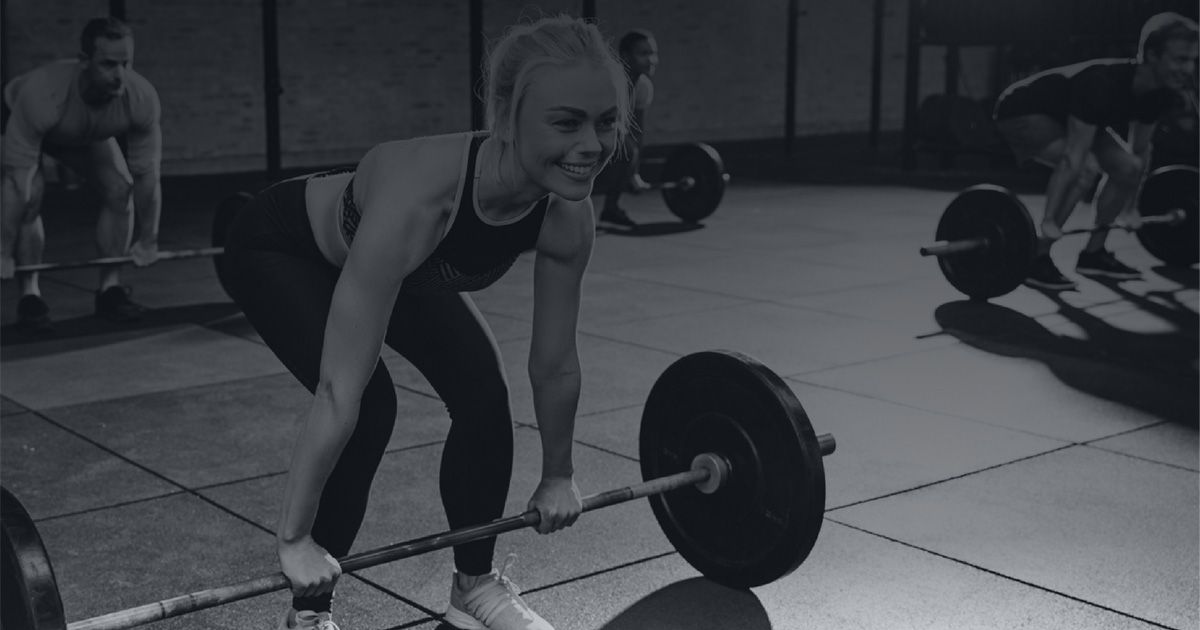Understanding and mastering pacing is crucial in any fitness routine, whether you're lifting weights, running, or engaging in high-intensity interval training. Effective pacing helps you manage your energy resources throughout your workout, preventing the common pitfalls of overexertion early on or having too much left in the tank at the end. This can lead to more consistent performance and quicker improvements.
Why Pacing is Important:
Pacing helps regulate your effort during exercise, ensuring that you perform at an intensity that maximizes efficiency without leading to premature fatigue. It allows you to sustain effort over longer periods, improving both endurance and strength gains. For instance, in weight training, pacing your lifts can help maintain better form and reduce injury risk, especially under fatigue.
How to Apply Effective Pacing:
Set Clear Goals: Begin by understanding the goal of each workout. Is it endurance, strength, or speed? Your pacing strategy should align with your objective.- Listen to Your Body: Learn to recognize the signs of fatigue and adjust your pace accordingly. Additionally, you can use a tool like a heart rate monitor to keep your effort level in check.
- Practice Different Paces: Incorporate workouts that challenge you to maintain different paces, such as tempo runs or interval training, to develop a better sense of how different paces feel and how they affect your performance.
- Record and Review: Keep a training log to track how different pacing strategies affect your workouts. Over time, this will help you refine your approach to find what works best for your body and goals.
By incorporating these strategies, you can make each workout more effective, leading to better fitness results and a deeper understanding of your physical capabilities.



© 2023 proof3. All Rights Reserved.